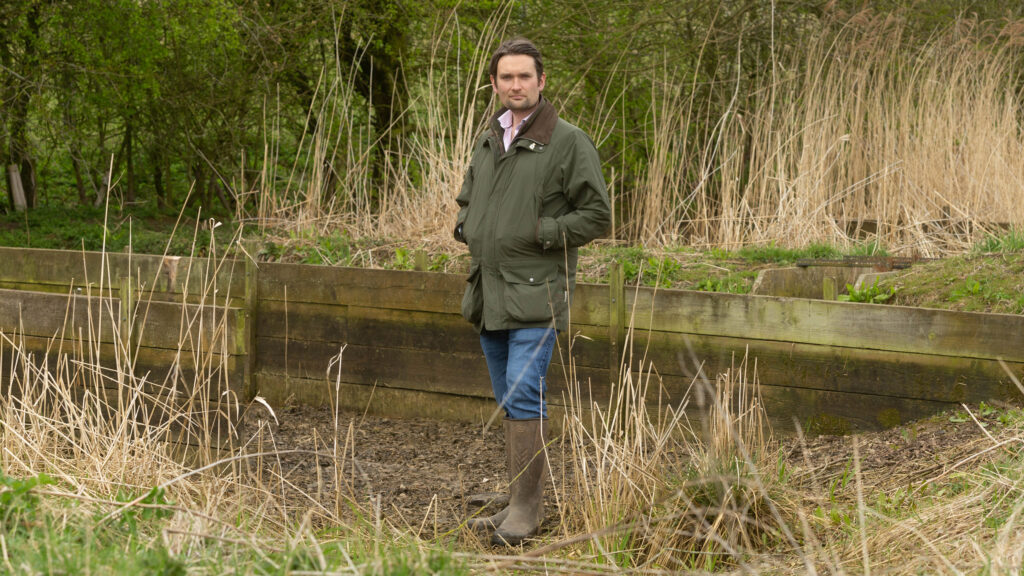Opinion: Drainage is an ‘invisible crisis’ which must be addressed
 © Tim Scrivener
© Tim Scrivener To misquote Ratty from Wind In the Willows: There is nothing – absolutely nothing – half so much worth doing as simply messing about with field drainage.
Certainly, that’s how it always felt when indulging myself in my Christmas tradition of hiring a 3t digger and disappearing off into the winter mists to clear out ditches, uncover headwalls and fix broken pipes on my own farm.
No doubt many of you reading this have a similar affinity for the gravity-fed field drainage schemes inherited from our forebears, installed at huge effort and cost largely in the post-war period.
See also: Opinion – this is a time of opportunity if you have the vision
It’s thought 6.4m hectares of England and Wales’ 11m farmed hectares were drained with a combination of old-school clay and more modern plastic pipe.
Why? Field drainage is the quiet hero of much of global agriculture, transforming sodden, waterlogged land into productive fields by rapidly removing excess water.
Until the 1980s, government underwrote much of the cost of this national endeavour to boost agricultural productivity; it wasn’t solely the introduction of new crop varieties and synthetic inputs which saw cereal yields double in that period.
Yet today, outside of farming circles, the mere existence of field drainage seems largely unknown, while many of those in the civil service and environmental NGOs (eNGOs) who are aware seem to consider it a bad thing, the antithesis of the increased wetland habitat they wish to see in our landscapes.
Yet this is to misunderstand the other key benefit of drainage: its huge potential to deliver on many of the environmental targets we have as a nation.
Waterlogged soils are prone to runoff of sediment, nutrients and pesticides, impacting water quality and biodiversity.
What’s more, waterlogged and compacted soils are more prone to nitrous oxide emissions, a greenhouse gas 300 times more warming than carbon dioxide.
Across much of our agricultural land, drainage is the foundation of good soil health and the benefits it brings.
To those who claim “regenerative agriculture” is all that’s needed in this regard I say: Good luck planting cover crops in a waterlogged field.
And yet there is a dearth of modern, UK-specific data.
Allerton Project
To this end, I’m proud to have brought together a consortium of industry partners to conduct a groundbreaking trial at the Allerton Project in Leicestershire to measure the environmental and production benefits of a modern field drainage system in a heavy silt-clay arable soil.
I want to get field drainage back on the government and supply chain agenda.
The truth is, those post-war drainage schemes are well past their designed life, while more extreme rainfall events place greater strain upon them.
As national yields decline and water quality stagnates, we are already falling over a drainage cliff edge.
And yet, against the economic backdrop of modern agriculture, the costs of replacing them are outside the capacity of most farms. This invisible crisis is an issue which must be addressed.
I’m not advocating for a return to the “drain every acre” mentality of the past, but we must consider how we can improve the productivity of our best land while meeting our ambitious environmental goals: the right drain in the right place.
The trickle of the outfall at the Allerton Project will be, I hope, the sound that sets off a broader conversation about soil that can breathe, crops that can reach their potential, and nature that can thrive.

